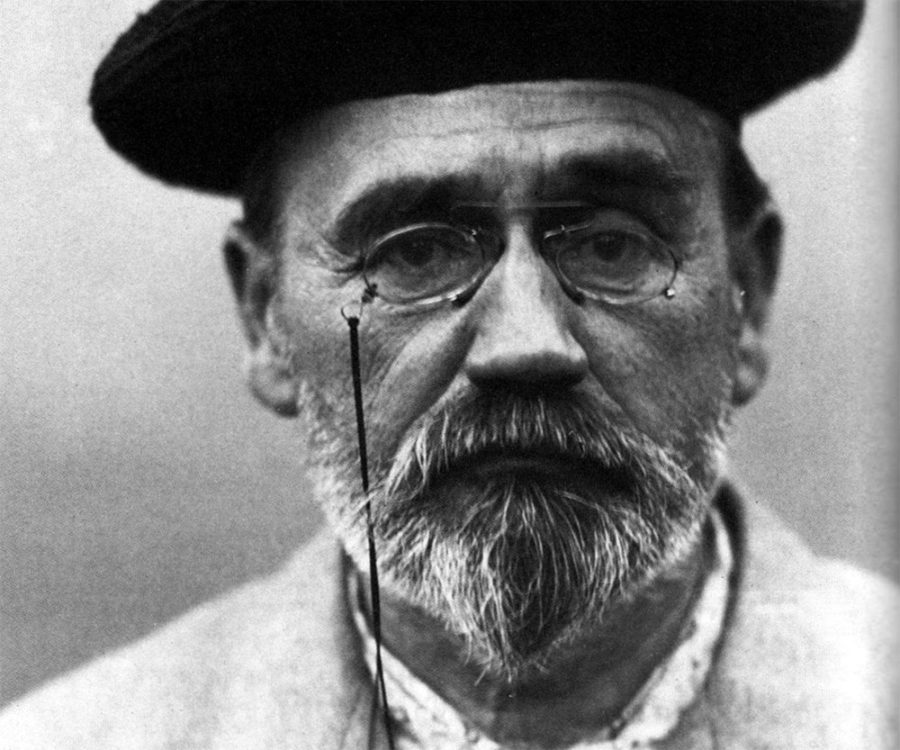Forgotten Women: Rosalind Franklin
September 14, 2018
For hundreds of years, the field of science was one made up purely of men. Even today, women comprise only 24% of STEM workers. That means that 76% is male. Not only are men more prominent in the STEM fields, but they are much less likely leave their field of study, and while, as a society, we are much more accepting of women in these fields, this wasn’t always the thinking. Especially in the twentieth century, women were not only less accepted in scientific fields, but their accomplishments were often not given the due appreciation or recognition.
One prime example of this was Rosalind Franklin. While she lived for only 38 years, her life tragically cut short by cancer, her work with X-ray diffraction produced a photo that would later lead scientists James Watson and Francis Crick to publish their famous model of DNA. However, despite their finding being securely rooted in Franklin’s photos and research, she never received the due credit until much later.
In 1938, Franklin graduated from Newnham College. She’d known from age 15 that she wanted to study science and after completing her college education, she worked as an assistant research officer and studied coal. In 1946, she learned X-ray diffraction under Jacques Mering.
In 1951, she began work at King’s College in London, where she worked on applying what she had learned about X-ray diffraction to DNA. She took multiple pictures of her work, including Photograph 51, which was later used by Watson and Crick to support their findings on DNA. In 1953, without Franklin’s permission, her colleague Maurice Wilkins showed the picture to James Watson, who worked at Cambridge at the time. Watson and his partner, Francis Crick, then used that photograph to help them build their model of DNA. In 1962, the pair along with Wilkin were even given a Nobel Prize, all without giving Rosalind Franklin the credit she deserved.
So what are we supposed to learn from this? Obviously, society has changed since 1962. This shouldn’t be a problem anymore. Right? Not entirely. While women are usually given credit where it is due nowadays, STEM fields, such as science, are still crowded with men. We need to eliminate the social construct that it isn’t okay for women to go into STEM fields. The stigma has decreased over the years, but it’s still there, and eliminating that stigma will be a large step towards gender equality in STEM fields, as well as on a larger scale.










































































































































